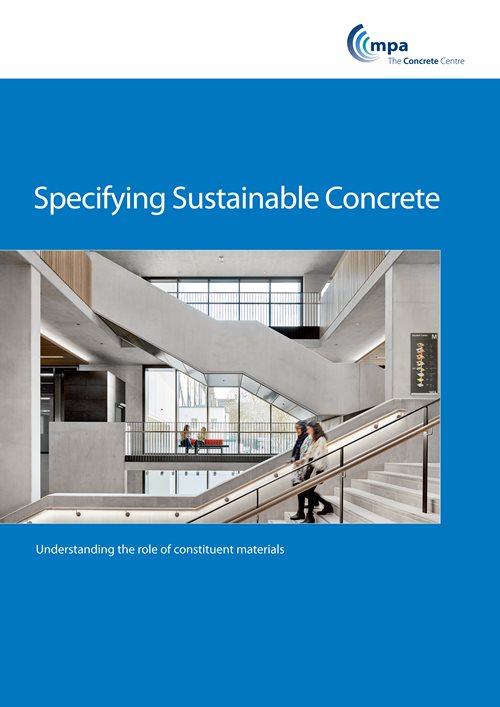High workability concrete
The workability of fresh concrete should be suitable for each specific application to ensure that the operations of handling, placing and compaction can be undertaken efficiently.
BS EN 206 and BS 8500 (the European and UK standards for concrete) give guidance on workability for different uses. The handling and placing properties of concrete mixes can be improved considerably by the use of cement replacement materials such as fly ash. Furthermore, the use of admixtures such as water reducers and superplasticisers has beneficial effects on workability without compromising other concrete properties.
On site productivity can be greatly increased by utilising highly workable concretes. They are especially suitable in the following applications:
- Inaccessible locations
- Large flat areas
- Underwater applications
- Pumping concrete over long distances.
Specifying Sustainable Concrete
